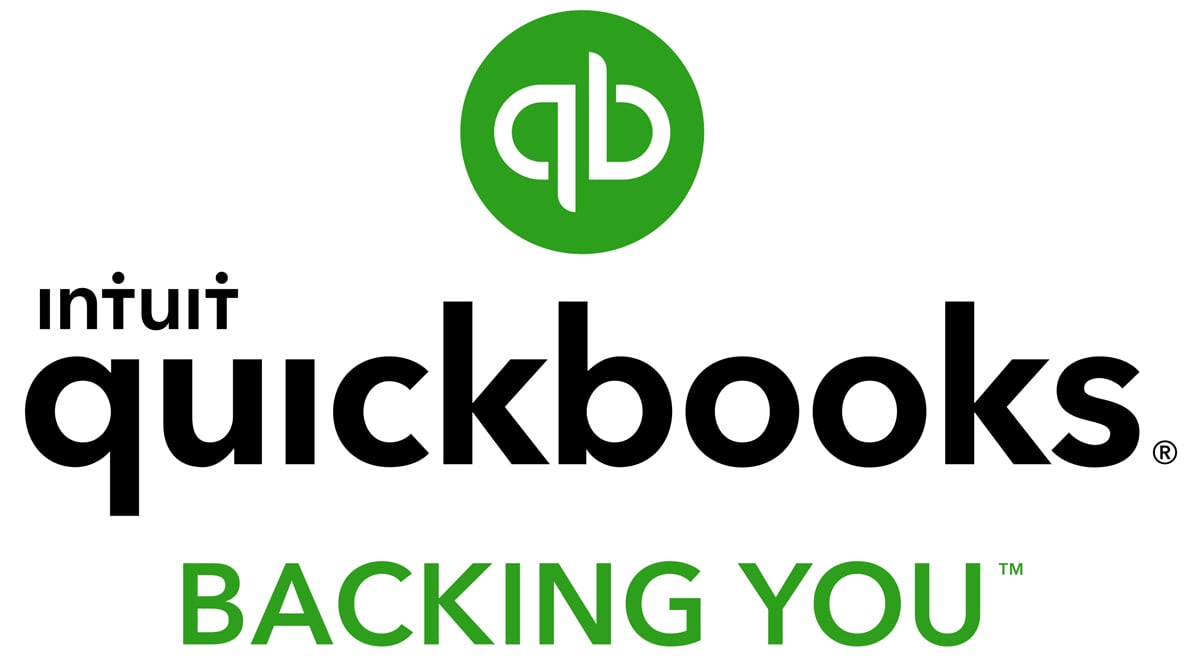Revenue Leakage: Definition and Analysis

You work extremely hard for your money. The last thing you want to do is experience revenue leakage during which you’re leaving money on the table. (Now we have your attention, don’t we.) If you’re using outdated systems or not precisely tracking certain elements of your business’s finances, you could be letting potential revenue slip by due to revenue leakage. This may be from unpaid or well overdue invoices, data entry errors, incorrect subscription databases, or other things.
Here, we’ll talk about the revenue leakage definition, how you can spot it in your business, and some common causes of revenue leakage. Then, most importantly, we’ll show you how to prevent and stop revenue leakage, so you can recover cash and plan for the future.
What Is Revenue Leakage?
The revenue leakage definition is actually surprisingly simple. Revenue leakage is when your company is losing revenues either unintentionally or (usually) without noticing. For the most part, revenue leakage is linked to errors in billing—whether it’s a question of under-billing, not chasing down invoices, or not charging your clients the correct amount for any number of reasons.
Why Small Businesses Should Be Concerned About Revenue Leakage
Regardless of how much revenue leakage your business is experiencing, any is too much—whether you’re a small business with thin cash margins, or a rapidly growing startup who needs every dollar you earn to reinvest into your business. Your revenue is money you’ve earned, so make sure you collect it.
Beyond that, though, you should care about revenue leakage because it’s easy enough to stop. You just need to take a look at the systems you currently have in place and figure out where you can increase your surveillance and technological capabilities.

4 Common Causes of Revenue Leakage
How do you analyze whether or not you’re leaking revenue? The best thing you can do to start is understand the most common causes of revenue leakage. By knowing where businesses most often leak revenue, and figuring out if you’re doing similar things, you’ll be able to perform your own revenue leakage analysis.
1. Data entry issues
If you’re doing quite a bit of your data entry by hand—whether that’s inputting sent and received payments, manually creating your invoices, etc., you’re going to be prone to human error. Don’t worry, there’s no problem with you—that’s just the nature of any fully manual system.
Revenue leakage can occur when you write “$3,000” instead of “$30,000” for instance. Although this seems unlikely, with the larger your business is, the more difficult it is to keep eyes on every piece of your company. If you audit your books, you might be surprised to find that this happens more often than you might believe.
2. “Flexible” or undefined payment terms
Do you invoice all of your clients on a consistent scale? Say, Net 30 or Net 60? If the answer is no, you may be contributing to revenue leakage. It’s difficult to know when people are actually going to pay—and much easier to lose track of outstanding payments—with somewhat loose payment terms.
Additionally, even the terms “Payable upon receipt” can be a little dicey. For instance, how do you know when your client gets the invoice? It’s unlikely that the second they get your bill they’re going to run to their checkbook and cut you a payment. It’s simply not how business works. Sure, you might theoretically get your money a bit faster than with defined trade credit terms, but you also risk not knowing exactly when that payment should be coming—and when it’s really overdue.
3. Other invoice issues
This could mean any number of things: unsent invoices, invoices with out-of-date cost of goods on them, high perpetual discounts that never got corrected. All of these seemingly small factors can add up, which means that you could be hemorrhaging money, even if a mistake is not necessarily glaring from a distance.
4. Letting cost changes slip
Do you know exactly how much every component of your manufacturing costs? If you are very well acquainted, then you’ll certainly acknowledge that the component parts of your product—whether those are raw materials, packaging, or even labor—are always in flux. Even if you’re a service, you may find that the cost of providing your service is going up, too, even if you’re making more money on the top line.
If you’re not pricing reactively—that is, changing your prices as your costs go up—then you’re bound to leak revenue. Additionally, if you’re not finding ways to switch out certain parts or suppliers as their prices go up, or renegotiate your pricing terms, you stand to lose quite a bit of money.
Revenue Leakage Analysis: How to Identify Revenue Leakage
Now that you understand some of the most common occurrences of revenue leakage for small business owners, let’s apply that knowledge to your own bottom line.
Ask yourself these questions to know if you’re at risk for experiencing revenue leakage:
1. Are your billing and accounting systems out of date?
If you’re using old software—or potentially even no software at all—you’re at high risk to experience revenue leakage. The less that’s automated—down to your invoice generation—the more easily you’ll be able to keep tabs on the money going out and what’s coming back in.
2. Do you use many different pricing structures?
You may have several different price points for what you sell, and that’s okay! But, if you do, you’ll want to be extra-vigilant about revenue leakage, since it may be easier to make errors around the pricing of goods when you bill customers.
3. Do you offer lots of discounts?
Discounts are essential to many businesses: they honor strong clients, they provide incentives, and more. Discounts also open you up to revenue leakage, however, whether that’s a discount code that’s only supposed to get used once and rather is renewed every month, or preferential pricing that’s accidentally transferred over to a customer that doesn’t qualify for it.
4. Do you have standardized billing terms?
As we mentioned before, trade credit is a great thing—but it can also be a little dangerous since no one is clamoring to pay you. (Disappointing, we know.) If you’re invoicing clients on very different schedules—some as soon as orders are fulfilled, some at certain periods of the month—and with different payment terms, you’re opening yourself up to revenue falling through the cracks.
5. Do you use analytics software?
In the case of revenue leakage, data is your best friend. If you’re able to use advanced software that tracks your revenues and cash flow, you’ll be able to spot trends over time, irregularities from month to month, and other vital information that’ll give you insight into your efficiencies and inefficiencies.

How to Prevent Revenue Leakage
Now that you’ve thought about these questions, let’s consider the best ways to prevent revenue leakage. Much of that is evaluating your own processes and figuring out a way to improve them that will help your company in the long run.
1. Upgrade your systems
Transition any manual processes around your revenue to become handled by intelligent software. This may be an investment up front, but if you’re experiencing revenue leakage issues from data entry errors, you’ll virtually solve this problem immediately. Bottom line? Get yourself out of spreadsheets and into sophisticated accounting software.
2. Evaluate your pricing methods
Like we mentioned before, you may simply have a lot of different goods and services that necessarily must be priced at many different levels. Still, it’s worth looking at ways you can streamline your pricing, whether with tiered pricing, subscription pricing, use-based billing, or category-based pricing, to try to eliminate the variables in the way you invoice. Hopefully, this will create less confusion around the actual prices you’re billing and eliminate revenue leakage.
3. Standardize your discounts
If you have lots of discounts flying all over the place, do your best to standardize them. Deactivate any old discounts, and check use parameters on any that are currently valid. Also, integrate them into your point of sale and accounting systems to help avoid errors.
Sometimes, there’s a big event in which a big discount is warranted. That’s okay! Just remember the define the parameters of who can get the discount and how long the discount is valid for, and make sure to deactivate the coupon code as soon as it’s done.
4. Standardize your billing terms
If your payment terms are all over the place, consider transitioning all clients to one classification of net terms (say, Net 60). Also, bill people at a consistent time of the month. This way, you’ll know when your current batch of invoices is due, and what, exactly, you should be expecting. It’s harder to lose track of invoices if you’re organize on this end.
And, remember, you can always take advantage of invoice financing to supplement cash flow if you find that you have too many outstanding invoices at once. (Though, we bet you’ll notice more consistency among your revenue patterns if anything.)
Preventing Revenue Leakage Means Keeping an Eye Out
The most important thing to take away from this discussion of revenue leakage is that automation is your best weapon. The less you do manually, the more you’ll be able to aim for accuracy—and you’ll likely learn a lot from these processes and get back some time, too.
But even all of the most automated processes in the world can’t override your business sense and intuition. So, keep an eye out, and remember that if you’re worried about leaking revenue, it’s worth the time to do some digging and listen to your gut.

Sally Lauckner
Sally Lauckner is the editor-in-chief of the Fundera Ledger and the editorial director at Fundera.
Sally has over a decade of experience in print and online journalism. Previously she was the senior editor at SmartAsset—a Y Combinator-backed fintech startup that provides personal finance advice. There she edited articles and data reports on topics including taxes, mortgages, banking, credit cards, investing, insurance, and retirement planning. She has also held various editorial roles at AOL.com, Huffington Post, and Glamour magazine. Her work has also appeared in Marie Claire, Teen Vogue, and Cosmopolitan magazines.

Featured
QuickBooks Online
Smarter features made for your business. Buy today and save 50% off for the first 3 months.
Related Posts
- Overhead Expenses: Definition and What Business Owners Need to Know
- What Is an ICO and How Can You Use One to Grow Your Small Business?
- How to Eliminate Small Business Debt in 7 Simple Steps
- How to Cut Costs in a Small Business: 21 Great Tricks From Entrepreneurs
- 60 Business and Finance Terms You Should Absolutely Know

